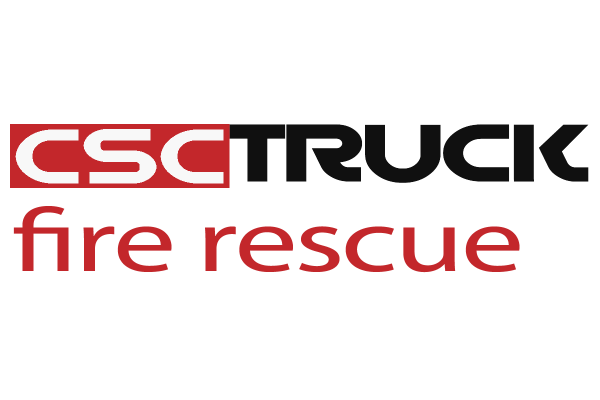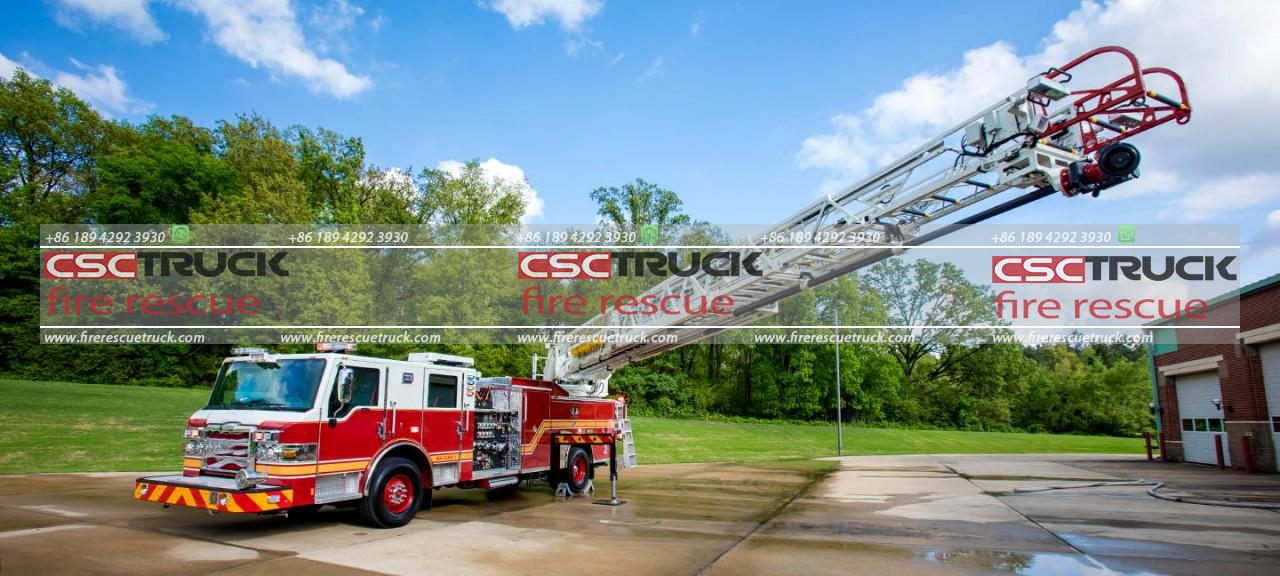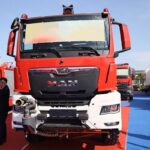One of the most distinctive and practical features of the SINOTRUK HOWO T5G fire truck dedicated chassis is its factory-equipped 4-door cab, which significantly enhances both accessibility and crew-carrying capability. Unlike retrofitted designs, this original four-door configuration offers improved reliability and a more integrated, structurally sound solution for emergency response vehicles.
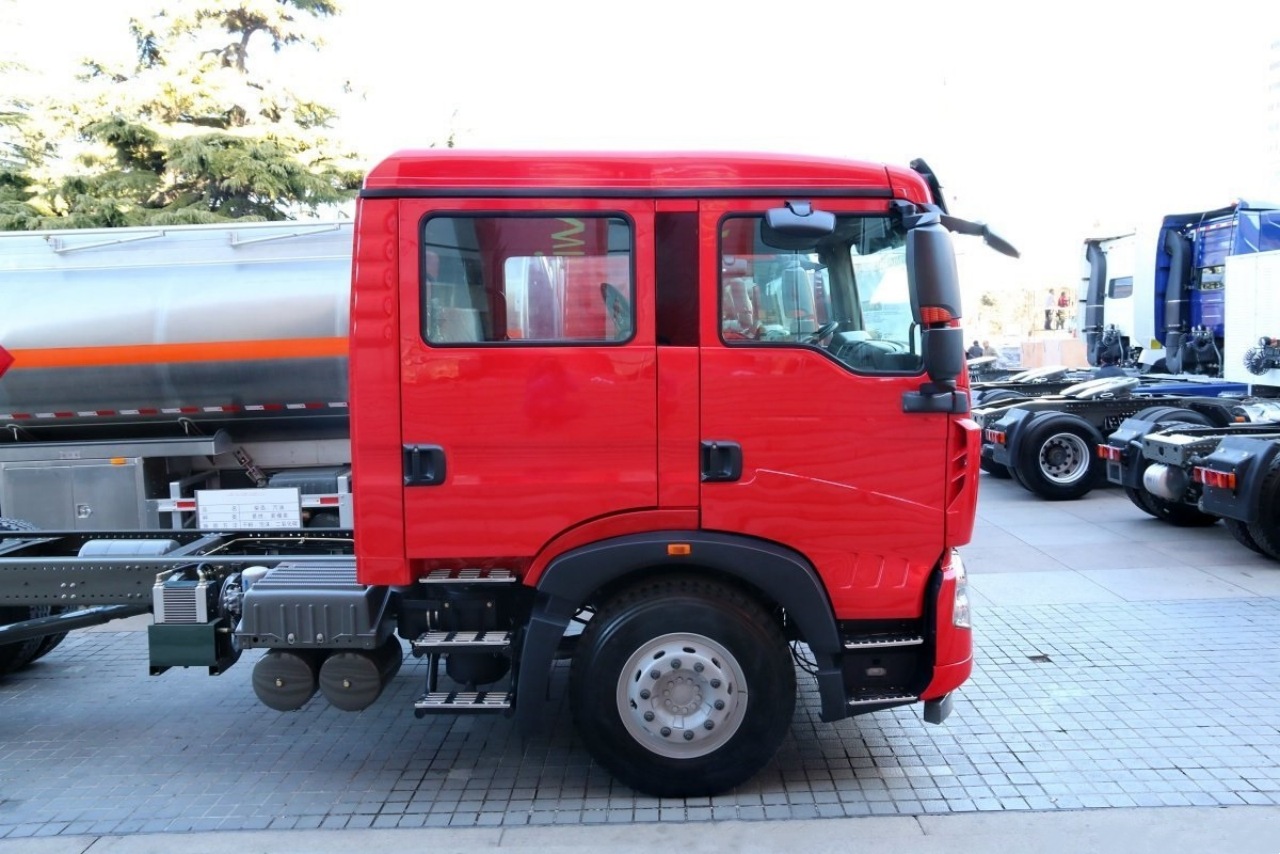
| Specification | Details |
|---|---|
| Base Chassis | SINOTRUK T5G 4×2 |
| Engine (Standard) | MC07 Series, 310 horsepower |
| Engine (Optional) | MC11 Series |
| Cabin Type | Flat-roof, four-door cab |
| Compatible Configurations | 4×2, 6×4, 8×4 |
| Cabin Features | Accommodates more firefighters and equipment |
| Purpose of Flat-Roof Design | To support the installation of the fire-fighting superstructure |
| Operational Advantage | Enhanced capacity for fire rescue missions. |
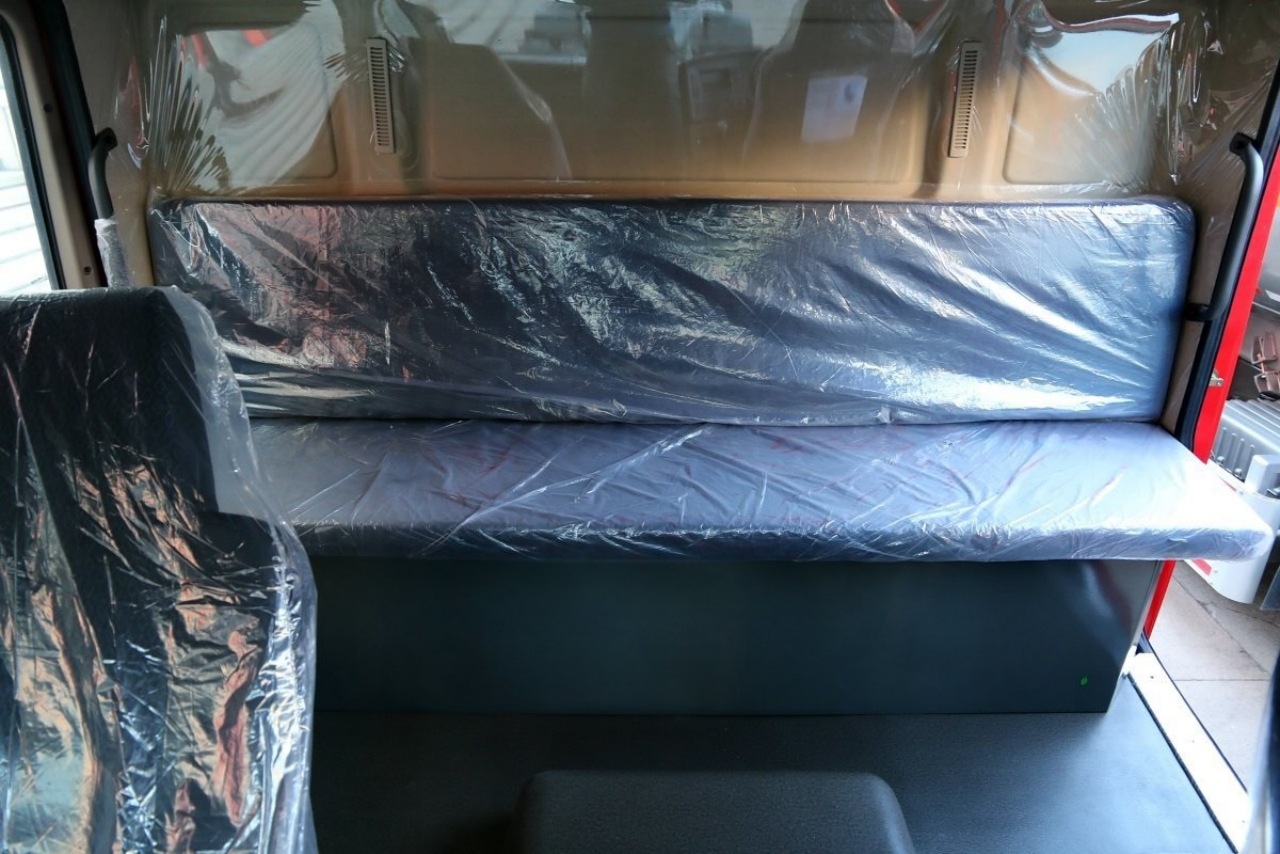
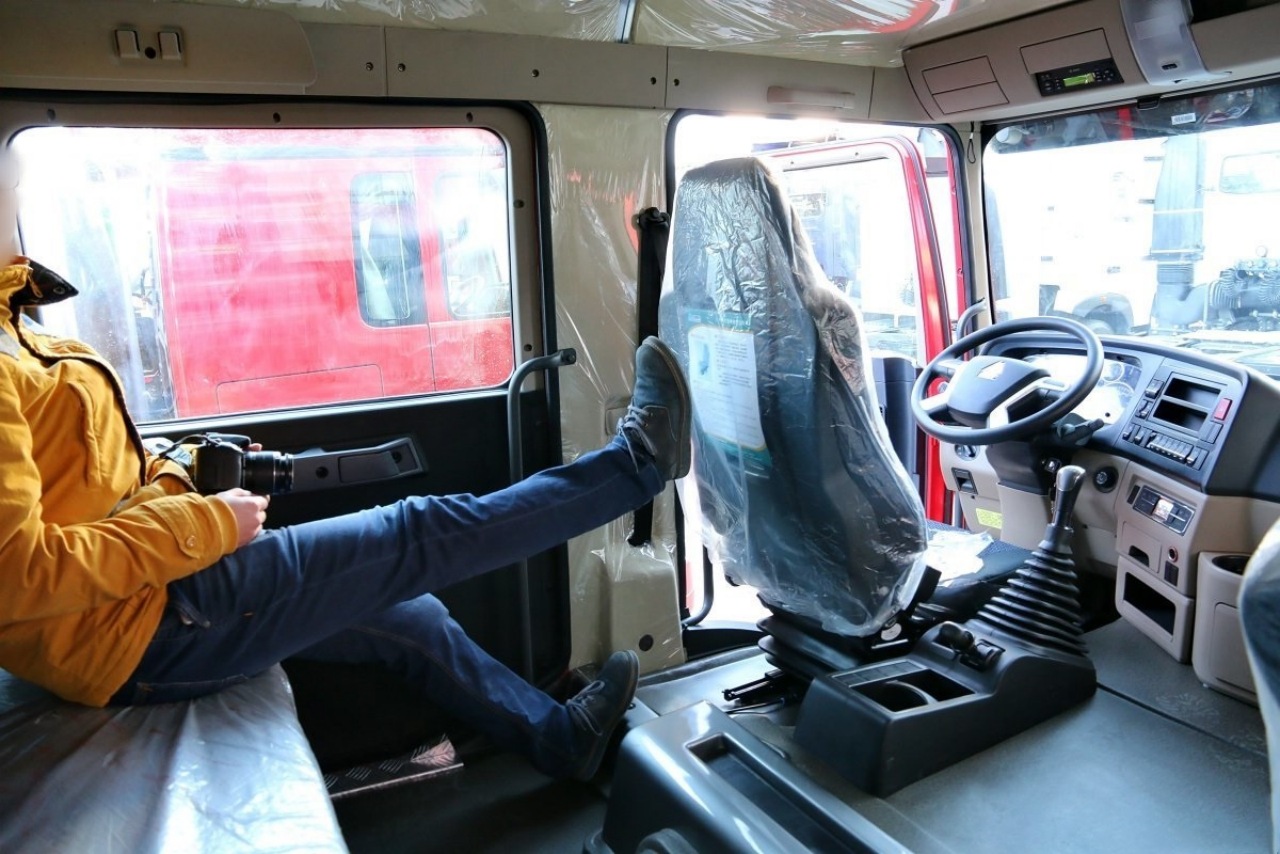
Inside the cabin, the dashboard remains consistent with the standard SINOTRUK T5G layout, ensuring familiarity and ease of use for drivers who may transition between different vehicle models. However, what truly sets this fire truck cab apart is its spacious interior, especially in the rear seating area. The second row can comfortably seat 4 personnel, making it ideal for team deployments. The generous space between the front and rear seats—roughly equivalent to the length of a human leg plus 2 fists—ensures that firefighters, even when wearing full gear including SCBA tanks, helmets, and protective suits, can sit and move without restriction. This level of comfort directly translates to improved readiness and reduced fatigue during emergency responses.
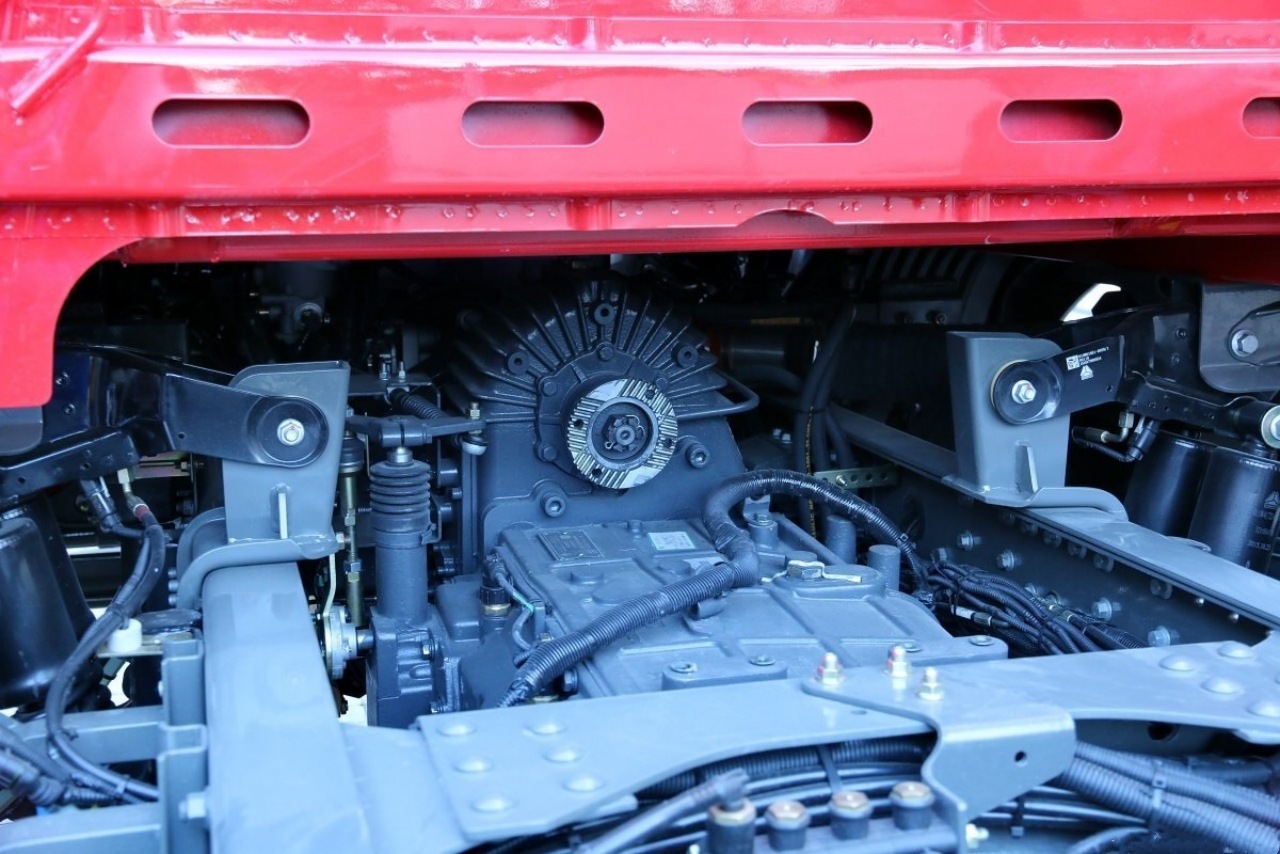
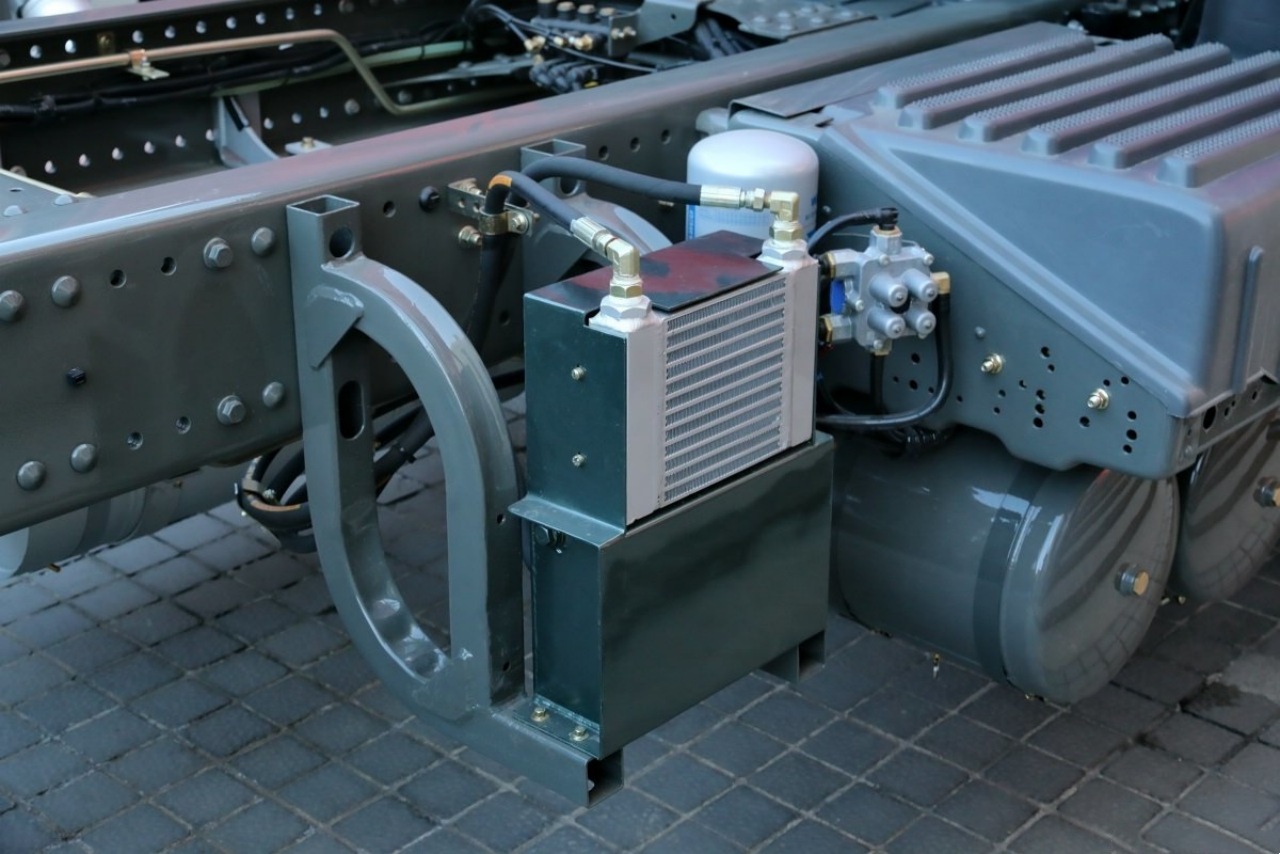
From a technical standpoint, the T5G fire truck chassis is ready for customization. It comes pre-installed with a power take-off (PTO) unit and a hydraulic oil cooling system, features that are crucial for powering auxiliary equipment such as water pumps, hydraulic tools, and foam systems. These components significantly ease the workload of body manufacturers, reducing the time and cost needed to make the chassis operational for firefighting duties. The pre-installed systems also help ensure performance consistency and reduce the risk of compatibility issues during the superstructure integration process.
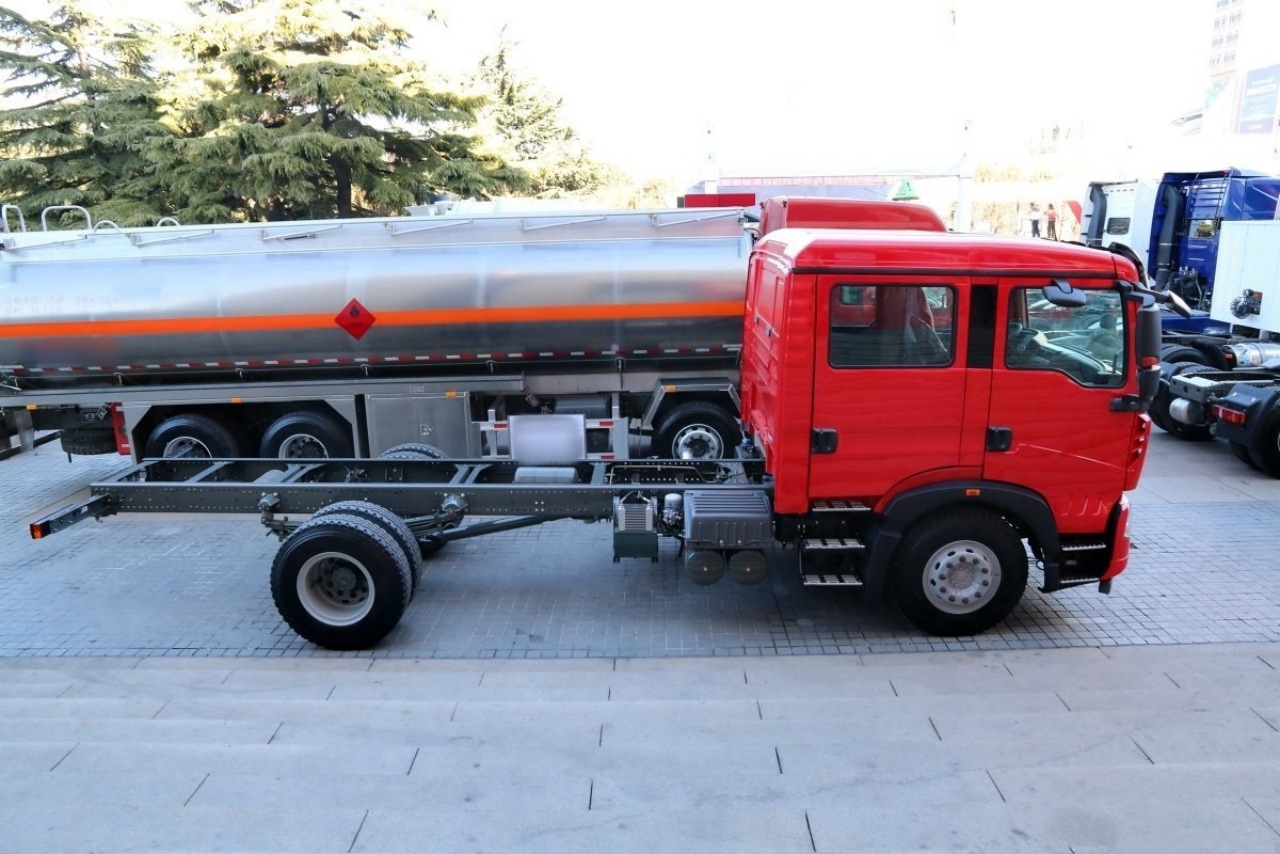
Additionally, the chassis frame is engineered with multiple standardized mounting holes, which greatly simplifies the process of attaching firefighting modules and equipment. This design consideration eliminates the need for aftermarket drilling or welding, preserving the structural integrity of the frame. By avoiding unnecessary modifications, the manufacturer maintains the reliability, safety, and longevity of the entire vehicle—key concerns for fire departments that depend on their equipment under the most demanding conditions.
